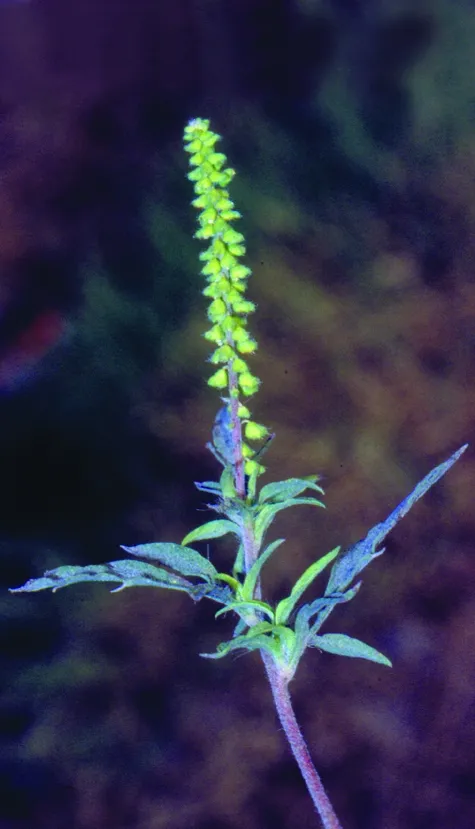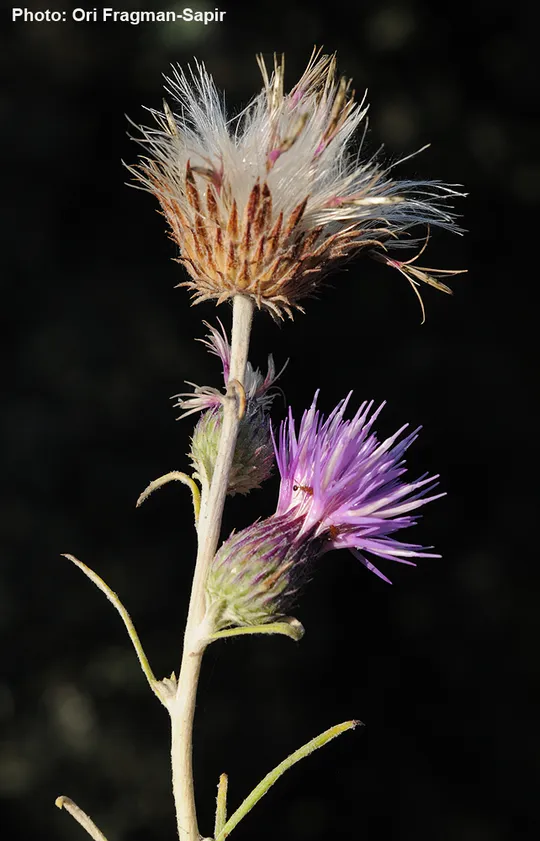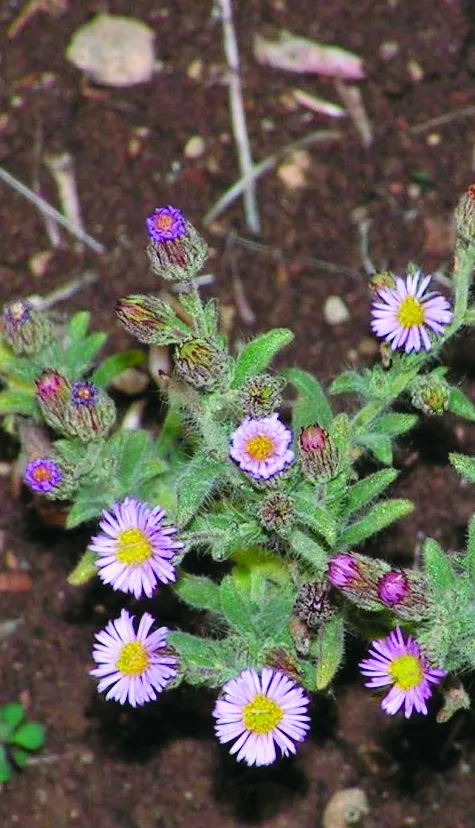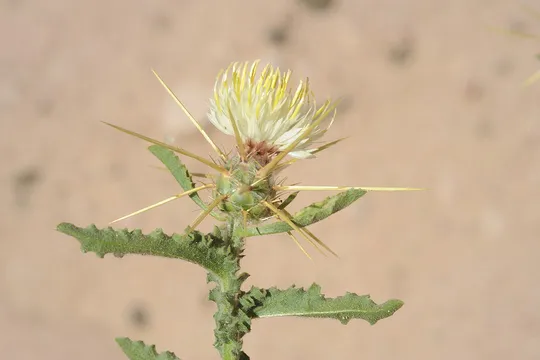Doellia bovei
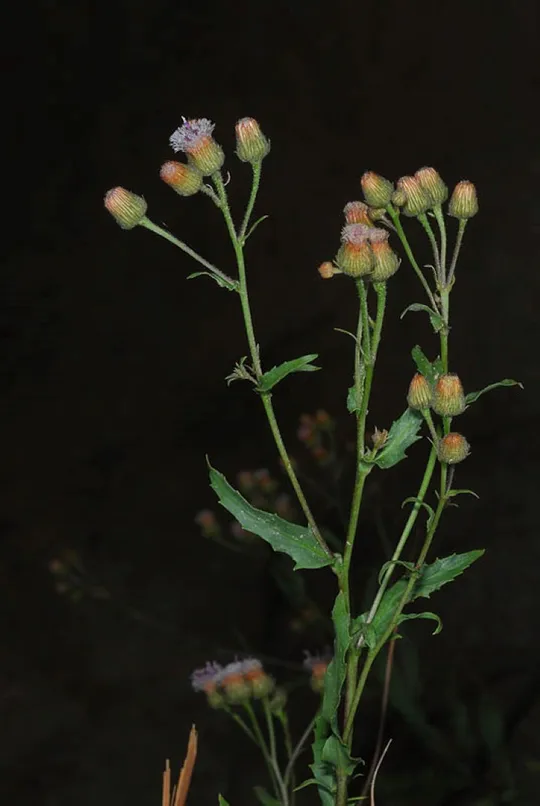
Doellia bovei grows in two regions: the Dead Sea and the Arava, on seven recorded
sites, although it is estimated there are ten sites. The only large and stable
populations are located in the Dead Sea region at the Dead Sea springs – the En
Gedi Oasis, Enot Samar, Enot Kane and En Aneva. It is extinct from En Bokek.
The Enot Kane site is the northernmost known D. bovei site in the world. In the northern Arava it is found at the Idan drill.
All its populations are isolated and fragmented. D. bovei was previously collected in the Jezreel Valley in Wadi Amal (Sah'ne)
but is extinct from there.
Humid habitats in
desert oases, usually in humid rock crevices or on the margins of springs and
streams in the hot desert.
The genus Doellia is extremely
close to the genus Pluchea and belongs to the Inulae tribe in the
Asteraceae (Compositae)
family. According to the Flora of Egypt (Boulos 2002), D. bovei was first
described to science in 1834 as species of Conyza by de Candolle. In
Sinai it was first found in 1932. Later it was attributed to the genus Blumea
that consists of about 50 species that are common throughout the tropics of the
Old World. Anderberg, the Inulae tribe expert, discovered that D. bovei and another species in the genus Blumea
are different from all the other species in the genus by the length of the hair
on the pistil branches. Consequently he described the genus Doellia and
attributed both species to it (Anderberg, 1995). However, in molecular analysis
later presented by Anderberg we do not see that D. bovei is isolated from other Blumea species
(Anderberg, 2009).
·
Doellia bovei is one of the rarest plants in Israel. The number of regions has decreased
from three to two, and in its major region – the Dead Sea – it is probably extinct
from the En Bokek site.
·
Reduction in the
supply of water and falling water levels in the Dead Sea springs may lead to the
extinction of populations. In the En Gedi Nature Reserve the plant grows at the
sides of the main reserve paths, which exposes it to damage by visiting
tourists.
·
D. bovei is protected in the En Gedi, Enot Samar and Enot Kane reserves as
well as in En Aneva in the Judean Desert Nature Reserve.
·
D. bovei is widely distributed in the world and not globally endangered.
Proper water regimes in the Dead Sea springs should be
maintained to keep them from drying.
Doellia bovei
has with a broad distribution in East Africa (Ethiopia, Sudan and south), the southern
Middle East (Egypt – including Sinai, Israel, Jordan, Saudi Arabia and Iran)
and eastwards from there (Pakistan and Afghanistan).
Doellia bovei is
a rare perennial grass found on the margins of springs and streams in the Dead
Sea region, the Arava and the northern Negev. It is threatened by desiccation
of water sources. D. bovei is a southern species,
which is found at the northern edge of its range in Israel.
Anderberg, A.A. 1995. Doellia, an overlooked genus in the Asteraceae-Plucheeae. Willdenowia 25: 19-24.
Anderberg, A.A. 2009. Inulae in: Systematics, Evolution, and Biogeography of Compositae (eds. V.A. Funk, A. Susanna, T.F. Stuessy and R.J. Bayer). IAPT. pp. 667-680.
Current Occupancy Map
| 1000 squre meter pixel | 5000 squre meter pixel | 10000 squre meter pixel | |
|---|---|---|---|
| number of observations | 0 | 0 | 0 |
| in total pixels | 0 | 0 | 0 |
| Family | Asteraceae |
| Classification | On the endangered species list |
| Ecosystem | Extreme Desert |
| Chorotype | Sudanian - Saharo – Arab |
| Conservation Site | Wadi Arugot |
| Rarity |
1
3
6
|
|---|---|
| Vulnerability |
0
2
4
|
| Attractiveness |
0
0
4
|
| Endemism |
0
0
4
|
| Red number |
1
3.2
10
|
| Peripherality | S |
| IUCN category | DD EW EX LC CR EN VU NT |
| Threat Definition according to the red book | Vulnerable |
 Based on:
Based on:
